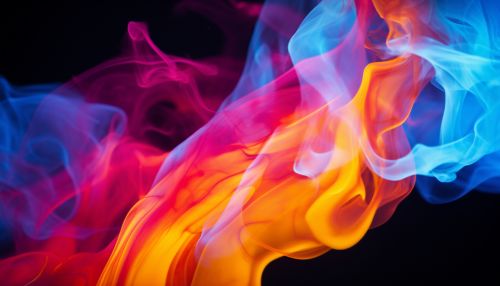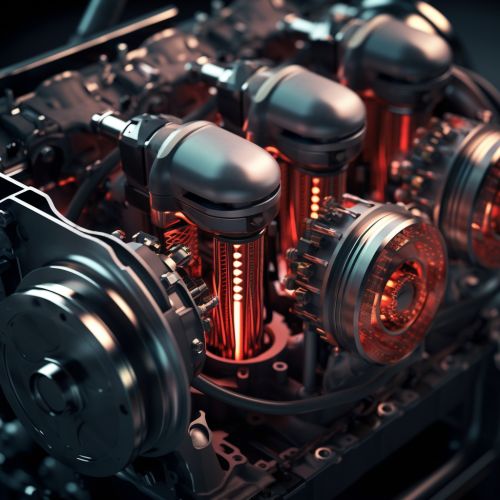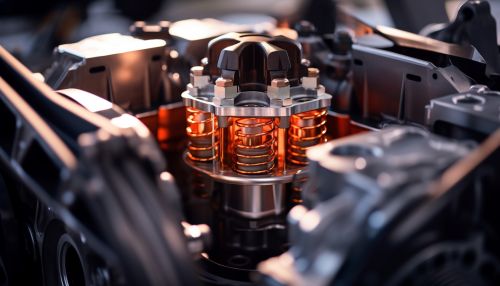Combustion
Introduction
Combustion, also known as burning, is a complex sequence of exothermic chemical reactions between a fuel and an oxidant accompanied by the production of heat and conversion of chemical species. The release of heat can result in the production of light in the form of either glowing or a flame.
Fundamentals of Combustion
Combustion is an example of a redox reaction, which involves the process of oxidation and reduction. In combustion, the fuel is oxidized, and the oxidant is reduced.


Fuels
Fuels are substances that can undergo combustion, releasing energy. They can be solid, liquid, or gaseous. Examples of fuels include wood, coal, oil, and natural gas.
Oxidants
Oxidants, also known as oxidizing agents, are substances that can accept electrons in a redox reaction. In combustion, the most common oxidant is oxygen, but other substances like fluorine, chlorine, and nitrous oxide can also act as oxidants.
Heat
Heat is a form of energy that is transferred in combustion. It is released when the fuel is oxidized. The amount of heat released in a combustion reaction is known as the heat of combustion.
Chemical Species
Chemical species are atoms, molecules, ions, or radicals that are produced during a combustion reaction. They can include water, carbon dioxide, and various other compounds depending on the fuel and oxidant involved.
Types of Combustion
There are several types of combustion, including complete combustion, incomplete combustion, and spontaneous combustion.
Complete Combustion
Complete combustion occurs when a fuel is completely oxidized, producing only carbon dioxide and water as products. This type of combustion is efficient and produces the maximum amount of energy.
Incomplete Combustion
Incomplete combustion occurs when there is insufficient oxygen to completely oxidize the fuel. This results in the production of carbon monoxide, soot, and other harmful substances.
Spontaneous Combustion
Spontaneous combustion occurs when a substance self-ignites without the application of heat or a spark. This can happen with certain materials like oily rags or hay if they are stored improperly.
Combustion Reactions
Combustion reactions are chemical reactions that involve the reaction of a substance with an oxidant. These reactions are exothermic, meaning they release heat. The general form of a combustion reaction is:
Fuel + Oxidant → Products + Heat
Combustion in Engines
Combustion is a crucial process in the operation of internal combustion engines. These engines, found in vehicles and power generators, burn a mixture of fuel and air to produce energy.


Spark Ignition Engines
Spark ignition engines, also known as gasoline engines, use a spark plug to ignite the fuel-air mixture. The combustion process in these engines is controlled by the spark.
Compression Ignition Engines
Compression ignition engines, also known as diesel engines, ignite the fuel-air mixture by compressing it until it heats up to the ignition temperature of the fuel. The combustion process in these engines is controlled by the compression of the mixture.
Environmental Impact of Combustion
Combustion, particularly of fossil fuels, has a significant impact on the environment. It is a major source of greenhouse gases, which contribute to global warming. Additionally, incomplete combustion can produce harmful pollutants like carbon monoxide and particulate matter.
